Having acquired significant teaching experience, I have been fortunate to instruct a diverse class with varying levels of proficiency. Consequently, I am well-versed in the inherent difficulties and gratifying aspects that accompany such a dynamic learning environment In this blog post, I want to share my insights and experiences regarding materials creation and adaption for a multilevel class. Teaching students with different abilities and language proficiency levels requires careful consideration and tailored approaches.
Join me as I delve into the strategies and techniques I’ve developed to meet the diverse needs of my students in a multilevel classroom. Together, we’ll explore the importance of understanding students, creating adaptable materials, and incorporating differentiation techniques to foster a positive and inclusive learning environment.
As a seasoned teacher, I’ve encountered the challenges of teaching a multilevel class head-on and discovered the rewards that come with it. In this blog post, I’ll share my personal experiences and insights on materials creation and adaptation for a multilevel class.
Table of Contents
Assessing Students’ Proficiency Levels
Teaching a multilevel class can be both daunting and fulfilling. Each student brings their unique abilities, language proficiency levels, and learning preferences to the classroom. To address these individual needs effectively, it is crucial to understand your students on a deeper level. By assessing their strengths, weaknesses, and language proficiency levels, you can tailor materials specifically to their requirements.
Formal and Informal Assessments
In my experience, formal assessments such as placement tests, informal assessments, and self-assessments have proven valuable in determining students’ language proficiency levels. These assessments serve as a foundation for creating materials that cater to their specific needs.
Moreover, gathering information about students’ learning preferences and needs further enhances the adaptation process. Surveys, questionnaires, and one-on-one conversations are effective ways to gain valuable insights into how students prefer to learn and the additional support they may require.
Identifying Appropriate Content
Another crucial aspect of materials creation and adaptation is identifying appropriate content for the various levels in your class. Finding a balance between challenge and accessibility is key. You can achieve this by utilizing authentic materials like news articles or videos, as well as creating customized materials that align with the class’s language proficiency levels.
Insights through Surveys and Conversations
Creating a well-structured syllabus and lesson plans plays a pivotal role in the success of a multilevel class. A clear description of the goals, objectives, teaching methods, and materials used will guide both you and your students towards achieving desired outcomes. Remember to keep your syllabus and lesson plans flexible, allowing room for adjustments based on individual progress and emerging needs.
Developing Adaptable Materials
Flexibility is equally important when developing adaptable materials. Utilizing easily modifiable resources such as worksheets or handouts can make a significant difference. Alternatively, you can design materials that are specifically tailored to be adapted according to individual requirements.
Incorporating Technology and Multimedia
Incorporating technology and multimedia resources into the classroom is an incredibly valuable tool that brings numerous benefits for engaging students at all levels. By leveraging the power of technology, such as videos, podcasts, and interactive learning games, we not only enhance their learning experience but also create an inclusive environment that caters to diverse learning styles and preferences.
By embracing these innovative resources, we can unlock endless possibilities and provide our students with a comprehensive educational journey that ignites their curiosity, fosters their creativity, and prepares them for success in the digital age. So let’s harness the power of technology and multimedia, and embark on a transformative educational adventure together!
Adapting Existing Materials
Additionally, adapting existing materials to meet the needs of your multilevel class can be a practical strategy. By evaluating the level of difficulty of existing materials, you can determine if modifications are necessary. Simplifying language, providing additional support materials, or introducing more challenging activities are effective ways to match the materials to students’ proficiency levels.
Additional Resources and Support
To provide even greater support and enrich your students’ learning journey, it is highly beneficial to explore and integrate a wide range of additional resources and support materials. Alongside the core curriculum, consider incorporating comprehensive dictionaries that not only enhance their vocabulary, but also empower them to become confident communicators.
Grammar guides play a pivotal role in reinforcing their understanding of language structure and rules, enabling them to express themselves with clarity and precision. Moreover, the integration of engaging multimedia resources, such as interactive videos, educational podcasts, and captivating visual aids, can bring subjects to life and foster a deeper level of comprehension.
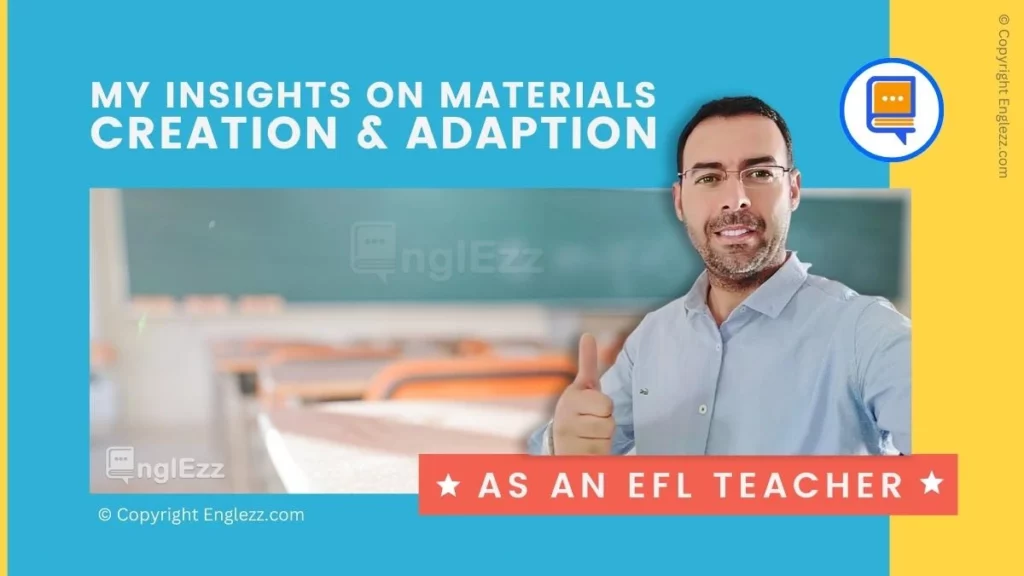
By adopting this diverse array of supplementary materials, you create an immersive learning environment that accommodates different learning styles and strengthens the overall educational experience. So, let’s seize the opportunity to expand the horizons of knowledge and support your students’ educational growth with these valuable and complementary
Differentiation Techniques
Differentiation is a fundamental concept in creating and adapting materials for a multilevel class. Tailoring instruction to meet individual needs is crucial. Adjusting the level of difficulty, providing alternative activities, and integrating technology and multimedia resources are effective differentiation techniques.
Creating a Positive and Inclusive Learning Environment
By implementing these strategies, you can create a positive and inclusive learning environment that empowers students at all language proficiency levels. Teaching a multilevel class is undoubtedly challenging, but with careful planning and a willingness to adapt, it can be an incredibly rewarding and successful experience.
You can get further details regarding materials creation and adaption from the following blog post:
Recap
Join me as I explore further insights and practical tips in my upcoming blog posts, where we’ll dive deeper into each aspect of materials creation and adaptation for a multilevel class. Join us as we embark on an exciting journey aimed at cultivating a vibrant and productive learning atmosphere for each and every one of our students.
Stay tuned for enriching content, and feel free to engage in meaningful discussions by sharing your thoughts and experiences in the dedicated comments section below. Let’s embrace the multilevel classroom with enthusiasm and unlock the full potential of our students!

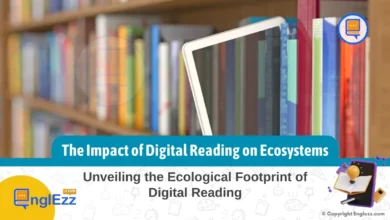
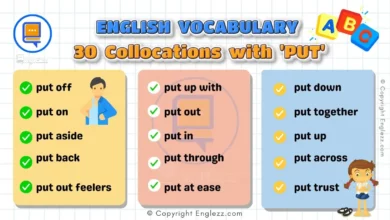
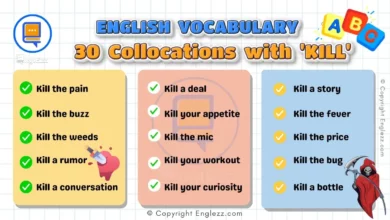



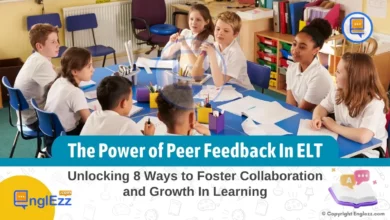

📚 Check out this insightful article on “Materials Creation and Adaption” for multilevel classes by Ezzeddine Yahyaoui at EnglEzz!
🎓 Discover strategies for tailored teaching, adapting materials, and creating an inclusive learning environment. Don’t miss out! Read it here: https://lnkd.in/d2b8FNeA
🚀📧🔗 Get free educational resources & courses at: https://lnkd.in/dCKm7uZ9
👍 Don’t miss out! Follow and like EnglEzz for more valuable insights!
.
.
.
#englezz #teachingstrategies #educationinsights #inclusivelearning #multilevelclass #adaptivematerials #teachingtips #languageproficiency